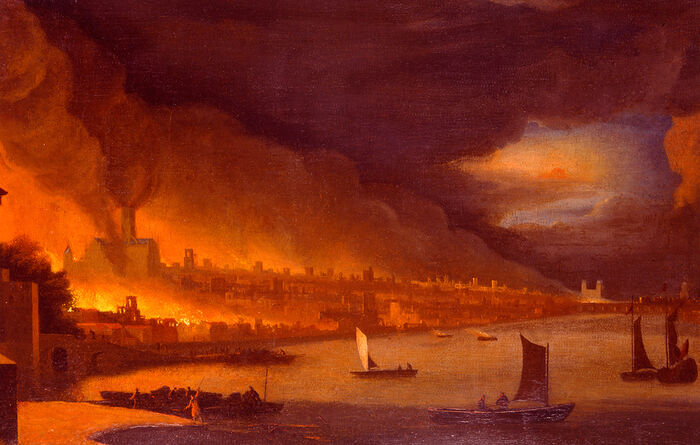
THE YEAR IS 1429. It is the height of the Hundred Years War. England has the upper hand.
The French city of Orléans has been under siege for close to a year. It remains the last major stronghold of the Kingdom of France. It took the reportedly holy miracles of a young woman by the name of Joan to lift the siege and inspire the French armies to drive the English out of France. The martyred Joan became immortalised as Joan of Arc.
But what if this Maiden of Orléans did not appear? What if there was no Joan to save the French from the siege?
Points of Divergence
Joan of What? has more than one Point of Divergence (PoD), despite this timeline's name. The first, however, and the most critical, is as follows.
Joan's Death
During Joan's early life, it is known that her village was ravaged by several raids, being a French loyalist community surrounded by hostile Burgundian lands. On one occasion, the village was even burnt to the ground. It may well have been possible that Joan was killed in one of these raids, before she ever could have become the legendary figure she is today.
As a result of Joan's early death, she would have been unable to come to the aid of the French city of Orléans, and it is probable that without Joan of Arc, the city would have fallen to the English. England would have achieved total victory over France, the final stronghold of French resistance vanquished. England and France is unified into the Kingdom of England and France.
1606: Janszoon's arrival
The next significant point of divergence from the original timeline occurs in 1606, when Dutch explorers led by Willem Janszoon landed on the shores of Cape York in what is today Queensland. He proceeded to chart the whole northern and western coasts of the new continent, but made no attempt at settlement. But what if they made landfall instead on the fertile shores of what is today the city of Perth?
Impressed by the river and sprawling bushlands of the area, the Dutch chart the western and northern coasts of the continent, before sailing back to the Netherlands, encouraging their leaders to settle on what they have named New Holland.
And so they do.
In 1614, the colony of New Holland, with its base on Port Nassau, is proclaimed, and the continent is claimed for the Netherlands.
News
The Swanstone Herald
- Tragedy on Australasia Day – 26 Jan 2017
Two airmen are dead after an Air Force light plane crashed into the Swan River in I.C. during the annual Australasia Day airshow. This tragedy has compounded the deep emotion of today, which commemorates the 102nd anniversary since the armistice between Cygnia and Australie, ending World War III in Australasia.
Important pages
- Timeline
- 15th century
- 16th century
- 17th century
- 18th century
- 19th century
- 20th century
- 21st century
| ||||||||||||||
